As Valorant‘s competitive community continues to blossom, Counter-Strike: Global Offensive (CSGO) players are leaving the game behind to chase opportunity. Since Riot revealed its debut first-person shooter, fans and players alike have eagerly awaited its competitive scene. Players who have invested thousands of hours in CSGO are seeking to insert themselves into a system where they feel they have more opportunities.
Organizations lack interest in semi-professional CSGO
Probably the largest factor affecting semi-professional CSGO at the moment is an alarming lack of investors. The fact that leading organizations like Cloud9 revealed they lose over a million dollars a year in CSGO highlights the urgency for companies to invest in teams they could potentially profit from. It’s difficult to believe if large organizations like Cloud9 struggle to profit from CSGO that smaller organizations would find it any easier. As a result, organizations interested in supporting a team look for established rosters. Therefore, organizations typically scout at the Mountain Dew League level; however, there’s a severe discrepancy in resources amongst MDL players.
For example, teams like Chaos demolish lower-tier MDL teams. This doesn’t just speak to their experience, but to their resources. Squads signed to orgs live in team houses, receive pay monthly, and have coaches behind them. Therefore, it’s extremely hard for lower-tier teams to fairly compete against the juggernauts of their division.
This creates a vicious cycle of underperforming versus groups more established. Their lack of results causes teams to fall beneath the radar for organizations. As a result, players find it’s almost impossible to break into professional CSGO, a disheartening realization for those who have already invested thousands of hours into the game.
Valorant‘s system is conducive to semi-professional growth
On the other hand, Valorant is at a point where there’s a huge grassroots community, as well as established organizations investing in the game. This means both professional and semi-professional players from other games have an opportunity. Moreover, there’s not an established Valorant league or competitive structure, which makes competing relatively easy for teams of all levels.
In short, Valorant‘s developing competitive scene offers players a path to success. After years of committing to CSGO and having little to show for their efforts, players transitioning makes perfect sense. Furthermore, with CSGO‘s stagnant competitive scene, it’s likely that more players will say goodbye and not look back.



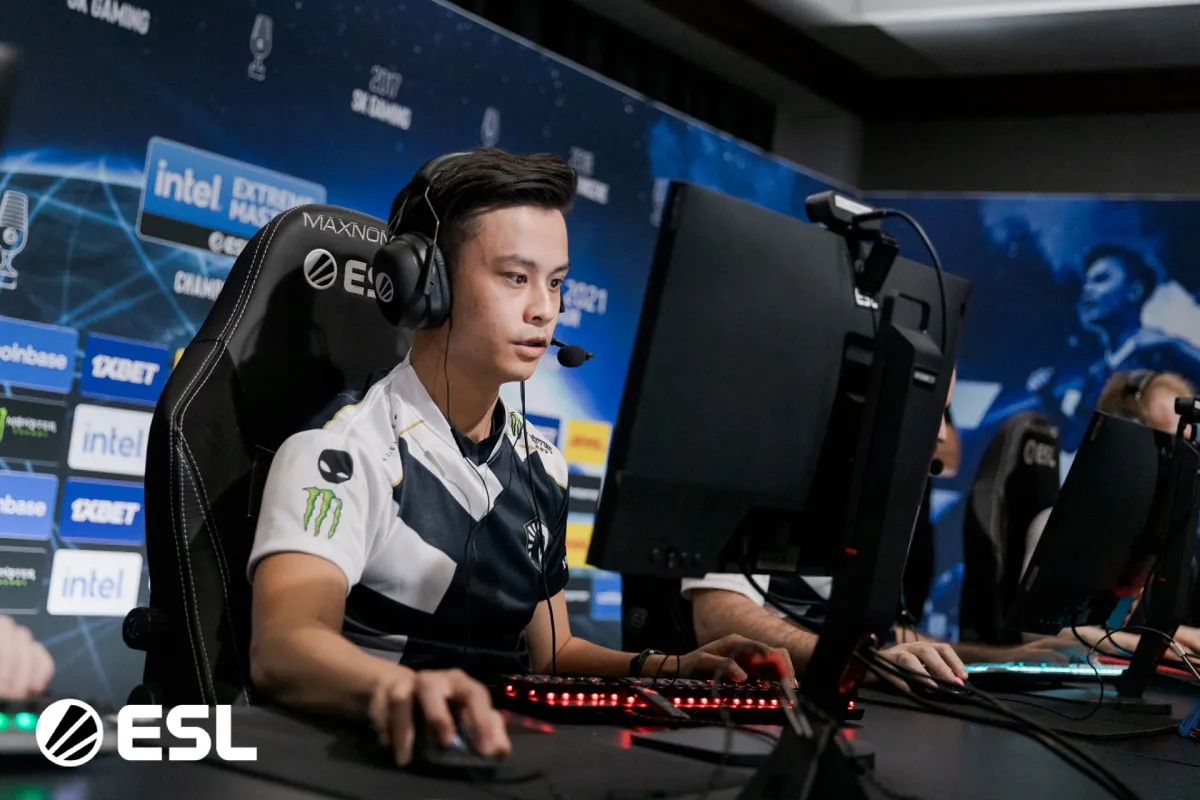
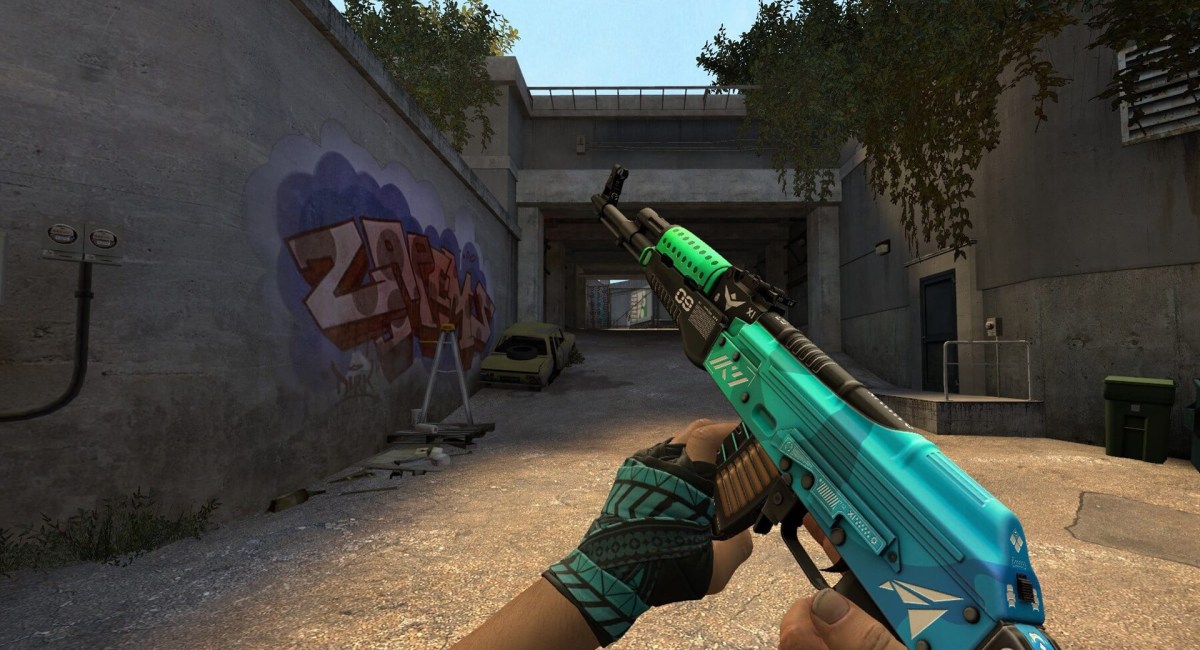
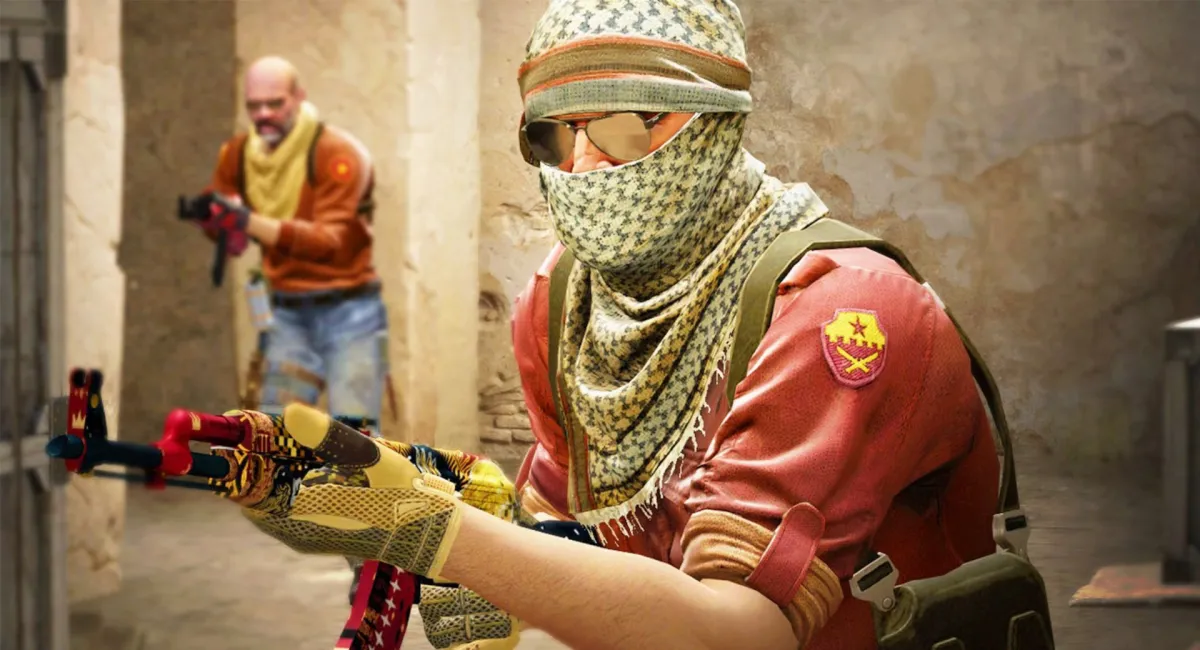

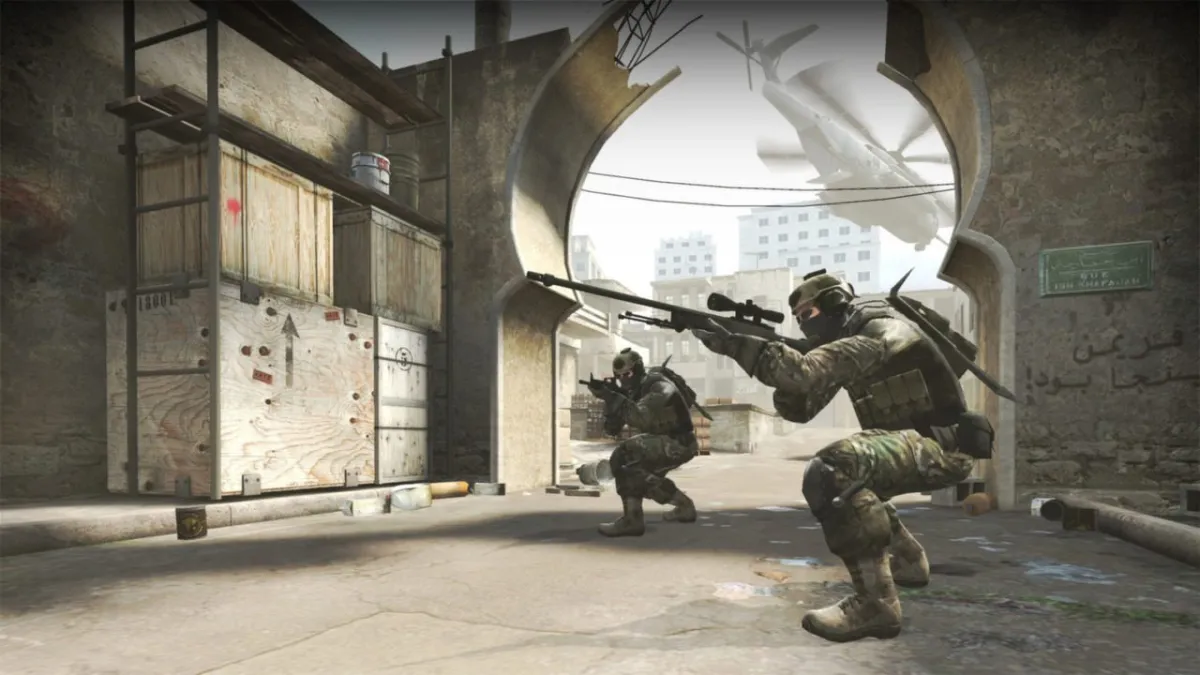



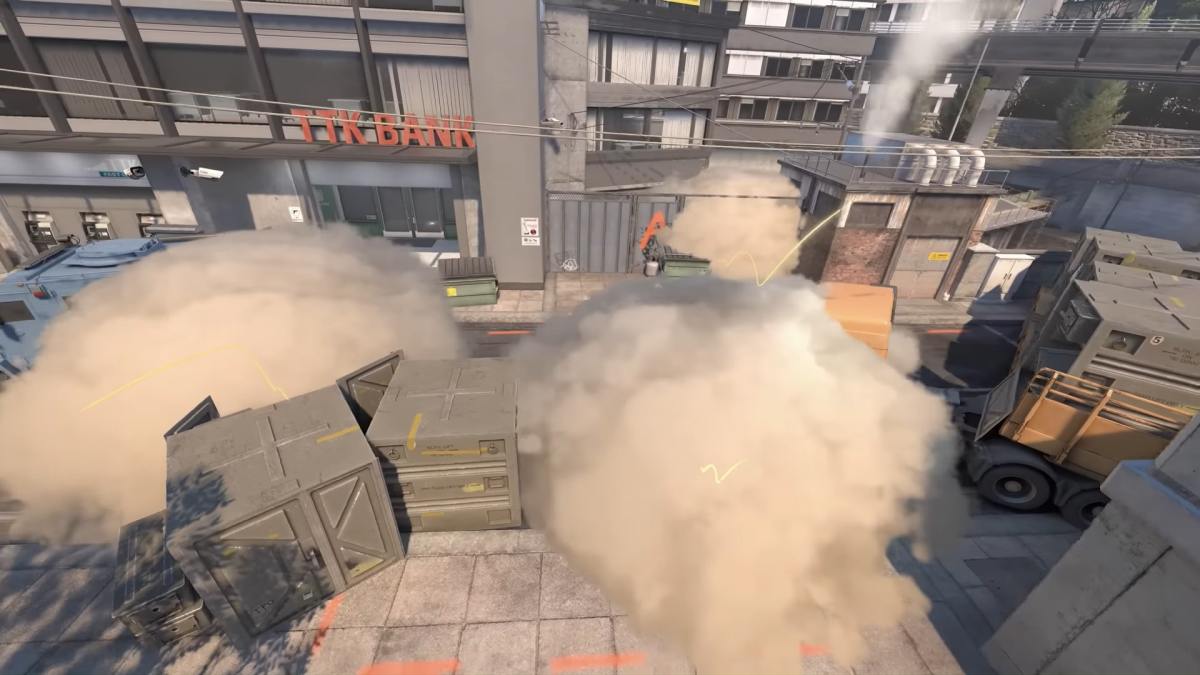




Published: May 13, 2020 07:30 pm